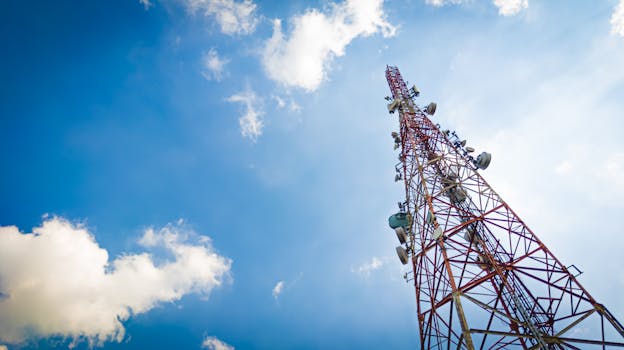
Satellites as Sentries: Advanced Technologies for Global Communication and Surveillance
Satellites have become an essential part of modern life, providing global communication and surveillance capabilities that are unparalleled in human history. With the advent of advanced technologies, satellites can now transmit vast amounts of data in real-time, enabling applications such as remote sensing, navigation, and weather forecasting. In this article, we will explore the role of satellites in global communication and surveillance, and examine the cutting-edge technologies that are driving this field forward.
Introduction to Satellite Technology
Satellite technology has come a long way since the launch of the first artificial satellite, Sputnik, in 1957. Today, there are thousands of satellites in orbit around the Earth, providing a wide range of services including communication, navigation, and remote sensing. Satellites are essentially sentries in space, watching over the Earth and providing vital information that helps us understand our planet and its many complexities.
Satellites are equipped with advanced sensors and transponders that enable them to collect and transmit data back to Earth. This data can be used for a variety of purposes, including weather forecasting, crop monitoring, and disaster response. Satellites can also be used for communication, providing connectivity to remote or underserved areas where traditional communication infrastructure is lacking.
Advanced Technologies for Satellite Communication and Surveillance
Recent advances in satellite technology have enabled the development of more sophisticated communication and surveillance systems. One of the key technologies driving this trend is the use of high-throughput satellites (HTS), which can transmit large amounts of data at high speeds. HTS satellites use advanced modulation techniques, such as frequency division multiple access (FDMA) and time division multiple access (TDMA), to maximize data throughput and minimize latency.
Another key technology is the use of phased array antennas, which enable satellites to steer beams of radio frequency energy towards specific locations on the Earth’s surface. This allows for more precise and efficient communication, as well as the ability to provide multiple beams of coverage from a single satellite. Phased array antennas are also more resistant to interference, making them ideal for use in congested frequency bands.
In addition to these technologies, there are also several new satellite constellations being developed, including the OneWeb and Starlink constellations. These constellations will provide global coverage and offer a range of services, including communication, navigation, and remote sensing. They will also enable the creation of new applications and services, such as autonomous vehicles and smart cities.
Applications of Satellite Communication and Surveillance
Satellite communication and surveillance have a wide range of applications, from military and defense to commercial and civilian uses. In the military, satellites are used for reconnaissance, communication, and navigation. They provide critical support for military operations, enabling commanders to make informed decisions and respond quickly to changing situations.
In the commercial sector, satellites are used for a variety of purposes, including communication, navigation, and remote sensing. They provide connectivity to remote or underserved areas, enable precision agriculture and forestry, and support disaster response and recovery efforts. Satellites are also used in the media and entertainment industry, providing broadcast services and enabling the transmission of live events and news programs.
In addition to these applications, satellites are also being used for scientific research and exploration. They enable scientists to study the Earth’s climate, oceans, and land surfaces, and provide critical data for weather forecasting and climate modeling. Satellites are also used to explore space, providing critical support for missions to the Moon, Mars, and beyond.
Conclusion
In conclusion, satellites play a vital role in global communication and surveillance, providing critical support for a wide range of applications and services. With the advent of advanced technologies, such as high-throughput satellites and phased array antennas, satellites are becoming increasingly sophisticated and capable. As the demand for satellite-based services continues to grow, it is likely that we will see even more innovative and powerful satellite systems being developed in the future.